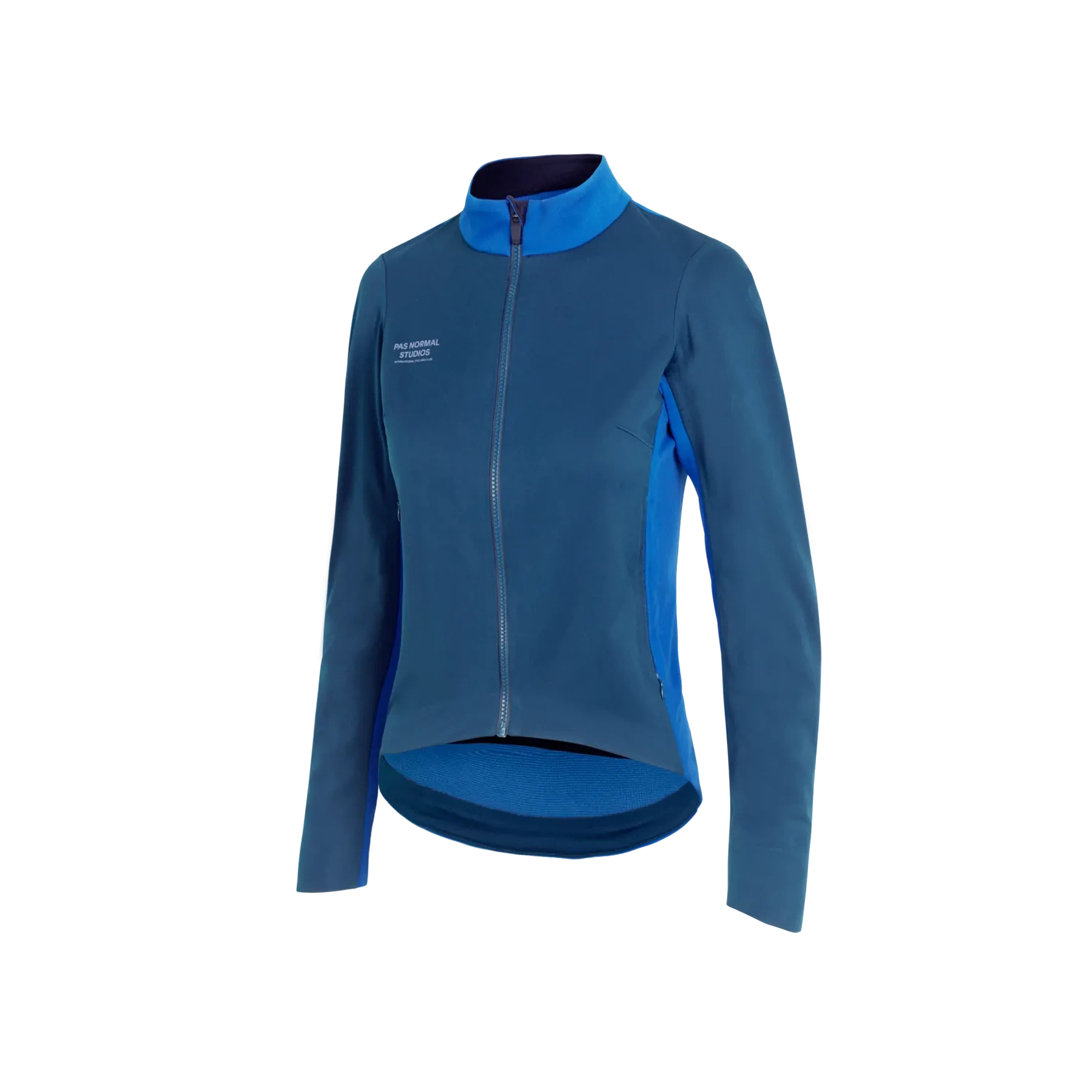
There seems to be a growing interest in taking things off the street and onto the beaten path, and in some cases, trail blazing altogether. For Many consumers, the initial thought is that a mountain bike, or a cyclo-cross bike are the two logical choices when it comes to obtaining a steed to hit the roads less travelled. However there are many that are unaware of a more suitable option, and that is a “Gravel bike, What is a gravel bike?” Have a read and you will be riding one in no time!
On the surface, it is understandable how a cyclo-cross and a gravel bike can be confused as being the same thing, but in actuality there are certain aspects that make them different. Traditionally a Cyclo-Cross bike was designed to use for cyclo-cross racing. Which are short, technical and intense races, that typically require riders to dismount from their bikes and carry them over obstacles on the race course. Taking that into account, many cyclo-cross bikes need to be nimble, which means they will have a short wheel base, and many of the bikes have non sloping or very little slope on the top tubes of the frame. This allowing the rider to shoulder the bike, when trying to navigate through the various obstacles that can be found on a typical cross course. The gain in those areas, mean that the bike will limit the level of comfort it can provide over longer rides, as the shorter tubes of the frame will make it stiff. The non sloping nature of the top tube, will limit the ability for a rider to be positioned more upright. So ultimately it is less than ideal for long gravel rides and might present a ride that is overly responsive.
The other option is a mountain bike. Which mind you is the most capable of all the off-road dedicated bikes. Mountain bikes are also offered in several different forms, from hard-tail, dual-suspension, cross country, downhill, 29er, 650B, and the list goes on and on… Cutting to the chase, many mountain bike options are suited for more extreme off road riding, they are typically geared for more technical riding, and tend to be on the heavier side. Is it possible to make a mountain bike serviceable for more mild terrain, for sure, but my opinion is that it might be over-kill.
This leads us to what would be considered the ideal. Introducing the Gravel bike.
A true gravel bike, can be categorized as a hybrid between a Cyclo-cross, endurance road, and hard tail mountain bike. It borrows certain features from all three platforms, taking the positive attributes from them, and combining to produce a very versatile bike. Geometrically, most gravel bikes have more slacked seat and head tube angle. Shorter reaches and taller heat tubes to provide a position similar to an endurance road bike. Many gravel bikes share the same wheel and tire combinations of a Cross bike, along with the drop bars, and drivetrain components. However, depending on how technical you plan on riding your gravel bike, we are seeing the use of single chain rings upfront, similar to some mountain bikes.
Even though there is increasing popularity in Gravel racing and events, most gravel/adventure bikes are not specifically designed for racing. Instead they’re designed for long days in the saddle on a mixture of surfaces and terrain. As this genre continues to develop, it is not uncommon to see features applied to gravel bikes that allow luggage to be carried on multi-day trips, or what is being called “bike-packing”. Many gravel bikes have all the appropriate, optional fixtures such as bosses to adhere racks, and some even have an additional spot on the underside of the down tube to place a third water bottle.
Some other features that are commonly found on gravel bikes, are 12mm thru axles, and disc brakes. One of the more interesting features are flared drop bars. Not only do they look rad, but the emphasis on the flared positioning of the drops is to increase the span, which aids in greater leverage and front end stability.
Suspension.. what about suspension? A very valid question. In order to keep a gravel bike light, versatile and reliable, having a suspension fork can compromise those characteristics. However, that doesn’t mean that a well built gravel bike cannot provide the adequate amount of compliance. This is being provided through the construction and layup design of the carbon frame. Carefully designed tubes are put together to provide a fair amount of vertical flex in the frame, while retaining the right amount of torsional rigidity. Further more, having larger tires run at lower pressures, help to enhance the compliance and ride of the bike. If your gravel bike has the ability to accept dual sizes of wheel and tire, well then your amount of vertical compliance is even greater.
So for those that are seeking a change of scenery, with a bit more excitement, and don’t mind a little bit of dirt, then you will love gravel grinding and all it has to offer.
As this platform continues to evolve, we are seeing many new gravel bikes featuring a dual wheel system. This provides the ability to run either a 700 wheel with a max tire size of 42mm, or it can further its off-road, and technical ability by allowing use of a 650B mountain bike wheel and max tire size of 2.2” The tire widths can vary between models, but these sizes are most common.









1 comment
Enjoying your blogs Frank! Keep up the great work!
Leave a comment